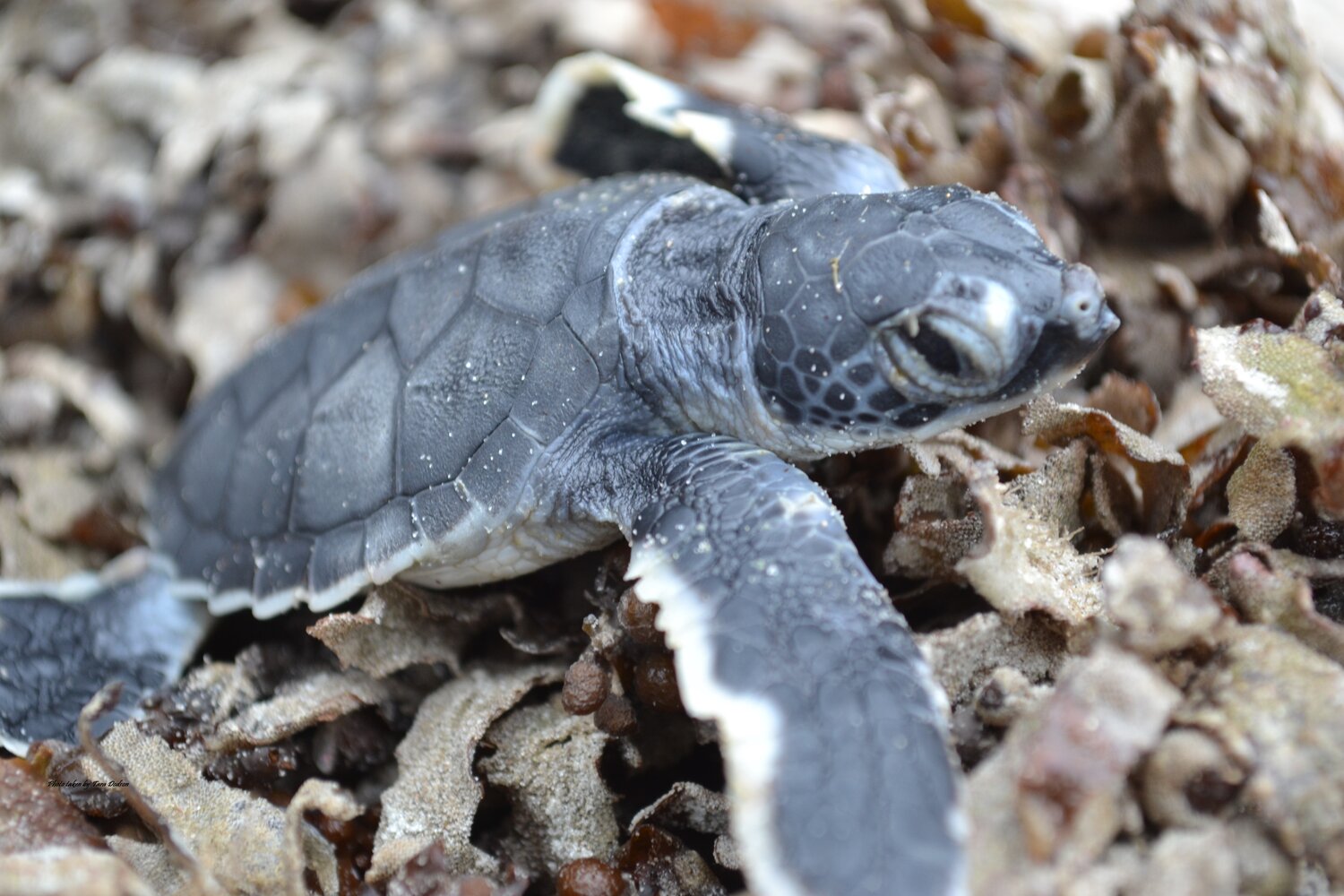St. Johns County sees historic rebound for sea turtle population
In early November, all of the sea turtle nests on the beaches of St. Johns County finished hatching, and the results were stellar.
According to numbers provided by the St. Johns County Environmental Division Habitat Conservation Section, 2023 is the first year the county ever recorded triple-digit green sea turtle nests on its beaches, with a total of 133 nests out of the 1,205 counted by volunteers.
Of the remaining 1,072 nests, 1,057 belonged to loggerhead turtle nests and 15 to leatherback sea turtles.
In total, St. Johns County estimates 79,811 hatchlings emerged from these nests and made their way to the Atlantic Ocean.
St. Johns County recorded these historic conservation successes amid multiple full-scale beach nourishment projects, including the U.S. Army Corps of Engineers St. Augustine Shore Protection Project, the South Ponte Vedra and Vilano Army Corps Coastal Storm Risk Management Project, the South Ponte Vedra Dune Project and the FEMA Dune Enhancement Project that has been renourishing St. Johns County beaches in the wake of erosion from hurricanes Ian and Nicole.
According to Stephen Hammond, coastal environment project manager for St. Johns County, these projects all brought in a substantial amount of sand to the beaches, not only rebuilding the dunes but also the flat portion of the beach where turtles traditionally nest. Previous nourishment events dating back to the early 2000s have brought in millions of cubic yards of sand, providing habitat for nesting sea turtles.
This has shown that even comprehensive efforts to renew beaches for St. Johns County residents can be undertaken without disrupting the life cycles of Florida’s native species. Many factors threaten sea life, but infrastructure improvement need not be one of them.
According to Ashley Raybould, environmental supervisor of St. Johns County Beach Services’ Habitat Conservation Program, conservation efforts put into place about 30 years ago are reaping positive results.
“Things like people staying off the beach at night, keeping the beach dark and protecting their habitat in any way that we can,” Raybould said. “Sea turtles are very long-lived animals, and they don’t reach maturity until a minimum of 20 years of age, so it’s important not to let up the gas on any of these conservation efforts and to keep endangered species in mind while we’re growing.”
Beach Services’ close collaboration with beach construction and renourishment has helped ensure that the safety of sea turtles and other species with threatened beach habitats is respected during coastal projects like the FEMA Dune Enhancement Project.
“As long as beach renourishment is done in a way that’s in collaboration with conservation efforts, it can provide habitat for the nesting sea turtles to be able to utilize the beaches,” Raybould said.
Residents can help sea turtles in St. Johns County by keeping beaches dark during nesting season, which officially runs from May 1 to Oct. 31, keeping beaches free of trash and volunteering for the Beach Stewards Program (contact Ashley Raybould at araybould@sjcfl.us).







